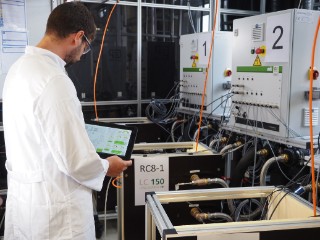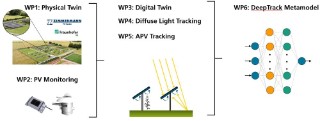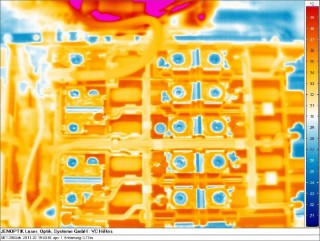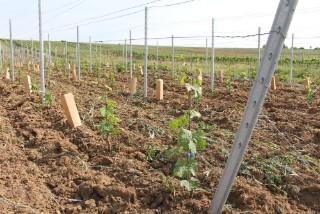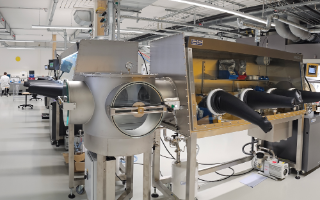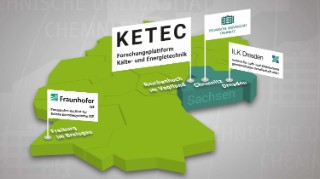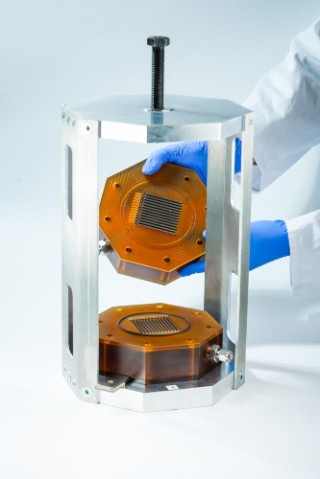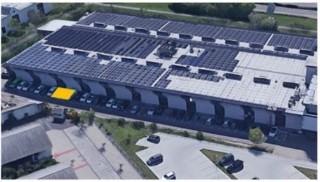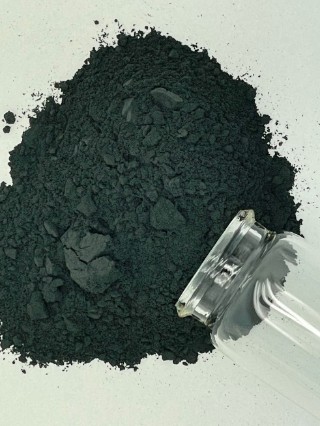HoPVen
Increasing the Resilience of Hop Growing to the Consequences of Climate Change: Investigation of the Opportunities and Risks of Agrivoltaic in Conventional Hop Growing
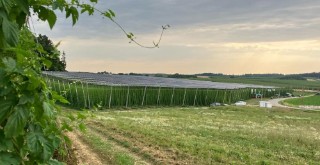
Agrivoltaic system from hop farmer Josef Wimmer and AgrarEnergie GmbH in Hallertau.
Hops are grown on a large scale in the Hallertau region: Almost a third of the hops produced worldwide are grown on around 17,200 hectares of Hallertau hop gardens. As a crop that remains in the same location for several years, hops are particularly exposed to climatic influences. Dry periods in July and August sometimes led to significant yield losses: in the particularly affected years of 2013, 2015 and 2018, yields were up to 40 % lower, depending on the hop variety. This is where the "HoPVen" project comes in, in which the world's first agri-PV system in hop growing is being scientifically investigated. The dual use of the land for both agriculture and energy generation through photovoltaics can increase resilience to the consequences of climate change and diversify the income streams of farms. | Duration: 11/2023 - 10/2026
more info